Cheers to Our 2024 SYNKD Award Winners!
A Second Round of Applause for the Newly, Environmentally, Innovatively & Wildly Esteemed Community Members Recognized at SYNKD Live This winter,...
State of Stress in Landscaping
From unexpected delivery schedules, precarious weather, to quality concerns for plants and trees – landscaping can be a highly stressful job.
Workplace stress has serious consequences the industry and the people.
The stress organization website estimates that American businesses lose about $ 300 billion every year to stress-related issues.
They are also responsible for almost 60% of the turnover.
But what does the landscaping industry itself think about stress?
GoMaterials and ProLandscaper [SYNKD] decided to find out with a quick poll in 2021.
Through a series of questions and interviews of an exclusive group of landscaping professionals, the survey explored causes, trends, and possible solutions to reduce workplace stress.
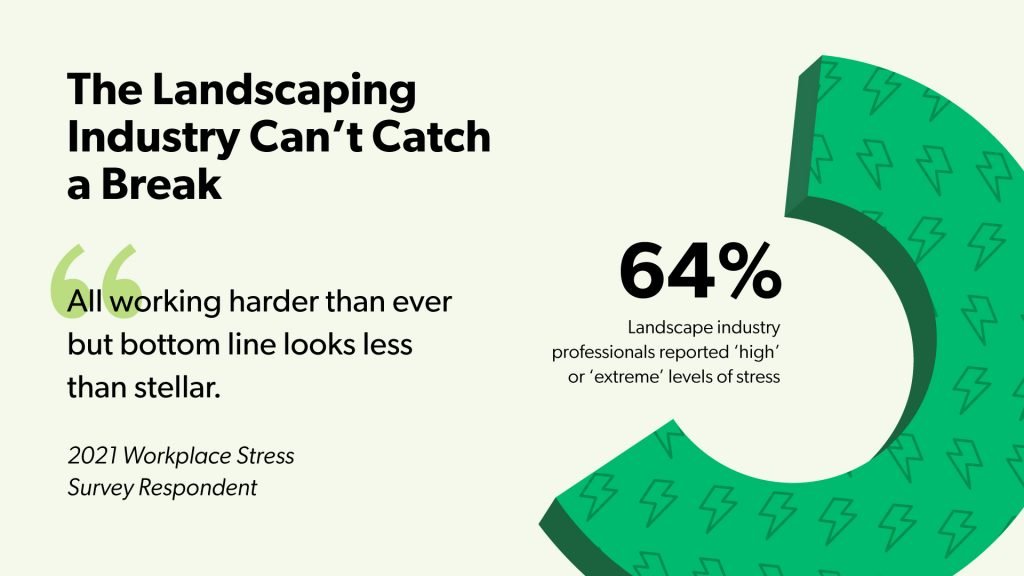
Too Many Jobs & A Chaotic Workflow Causes Stress
Brian McMaster, of McMaster Lawn & Pest Services, sums up the root cause of industry stress by saying “we try to grow our business on the recurring revenues generated from services like fertilization and lawn mowing. The stress always comes from the landscaping installation jobs. There are a lot of unexpected pain points and issues that can come up, things you cannot always control.”
The experience of McMaster Pest Services not an isolated example.
New construction or enhancement jobs tend to involve tighter timelines and a competitive bidding model, which only increases what can go wrong.
The ProLandscaper [SYNKD] and GoMaterials survey [1] results reveal the leading causes of stress are excessive work in too little time, and a ‘chaotic work culture’.
Other factors are a lack of effective communication and the challenges of growing a business.
Top Stress Drivers for Landscapers
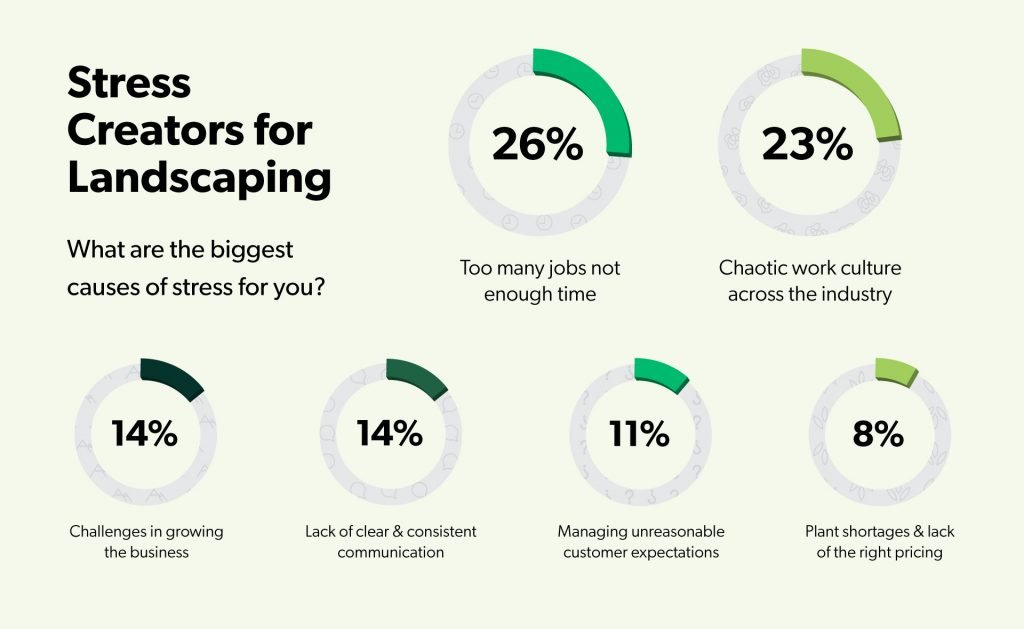
Uncontrollable Chain of Events Adds to the Stress
Labor and plant shortages of 2021 wrecked the predictability for landscaping and left many in the industry with elevated stress levels.
With an average increase of 20% across most markets, plant shortages have made the landscaping supply chain more competitive and reduced the ability to reserve materials ahead of schedule.
This cause last-minute change of plans and a loss of billable hours as the crew waits for the plants to arrive.
As a business that depends upon perishable materials such as plants, weather plays a massive role too.
The Texas Freeze earlier this year, and wildfires in Northern Canada and the West Coast are two catastrophic events that derailed the green industry supply chain.
Being unable to predict what’s coming next can also be a reason for righteous anxiety.
“There’s always something to throw a wrench in your plans, it seems,” adds Brian with a wry smile.
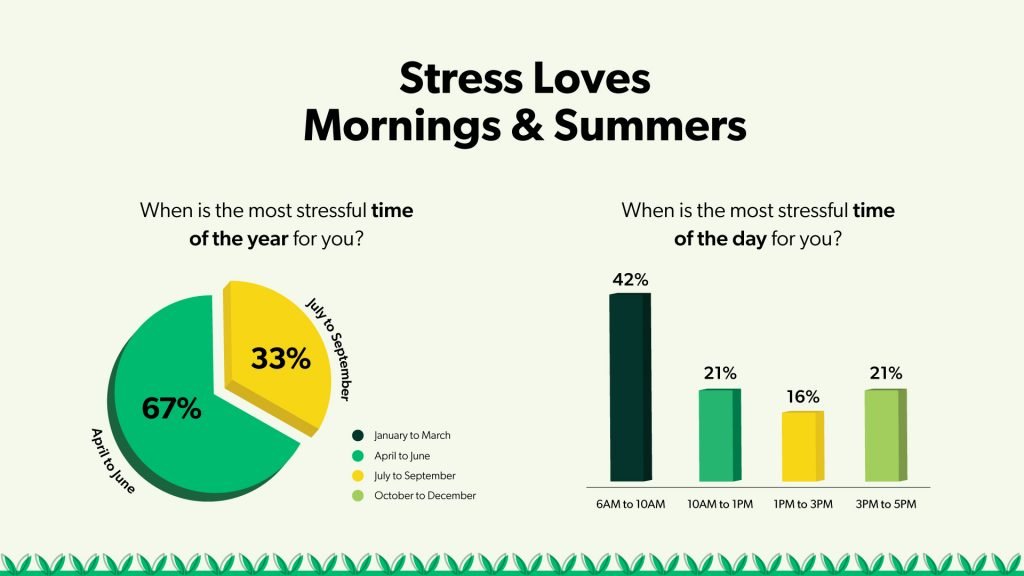
For better or worse, many of these factors are a mainstay of the industry, with no silver bullet in sight.
The next best option could be finding ways to manage the situation.
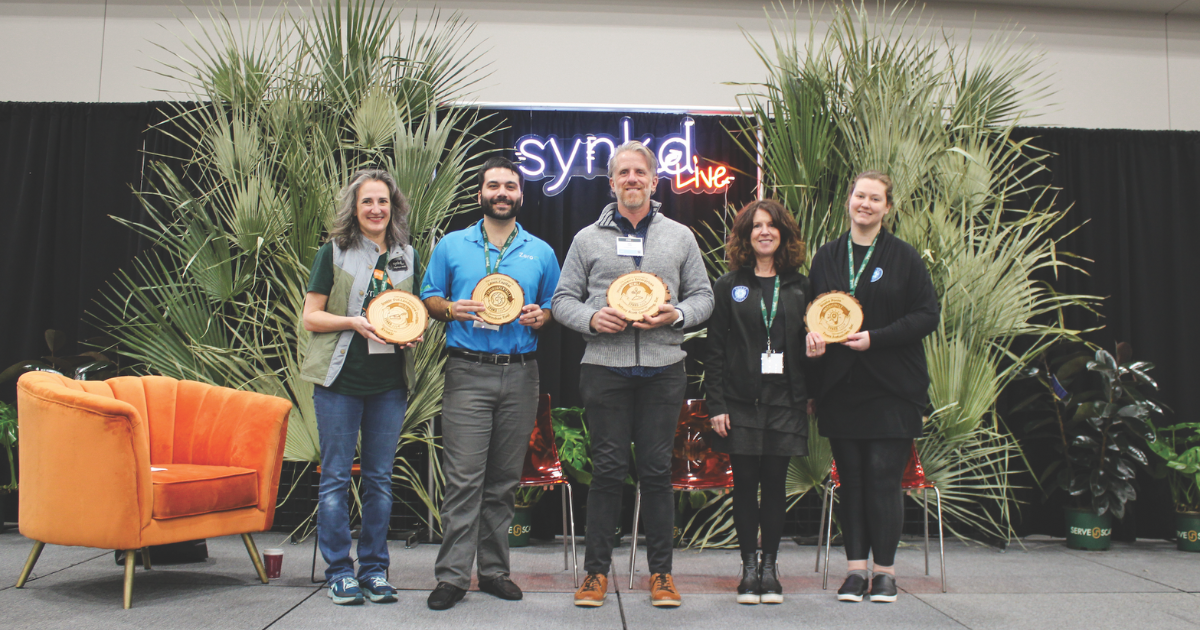
A Second Round of Applause for the Newly, Environmentally, Innovatively & Wildly Esteemed Community Members Recognized at SYNKD Live This winter,...
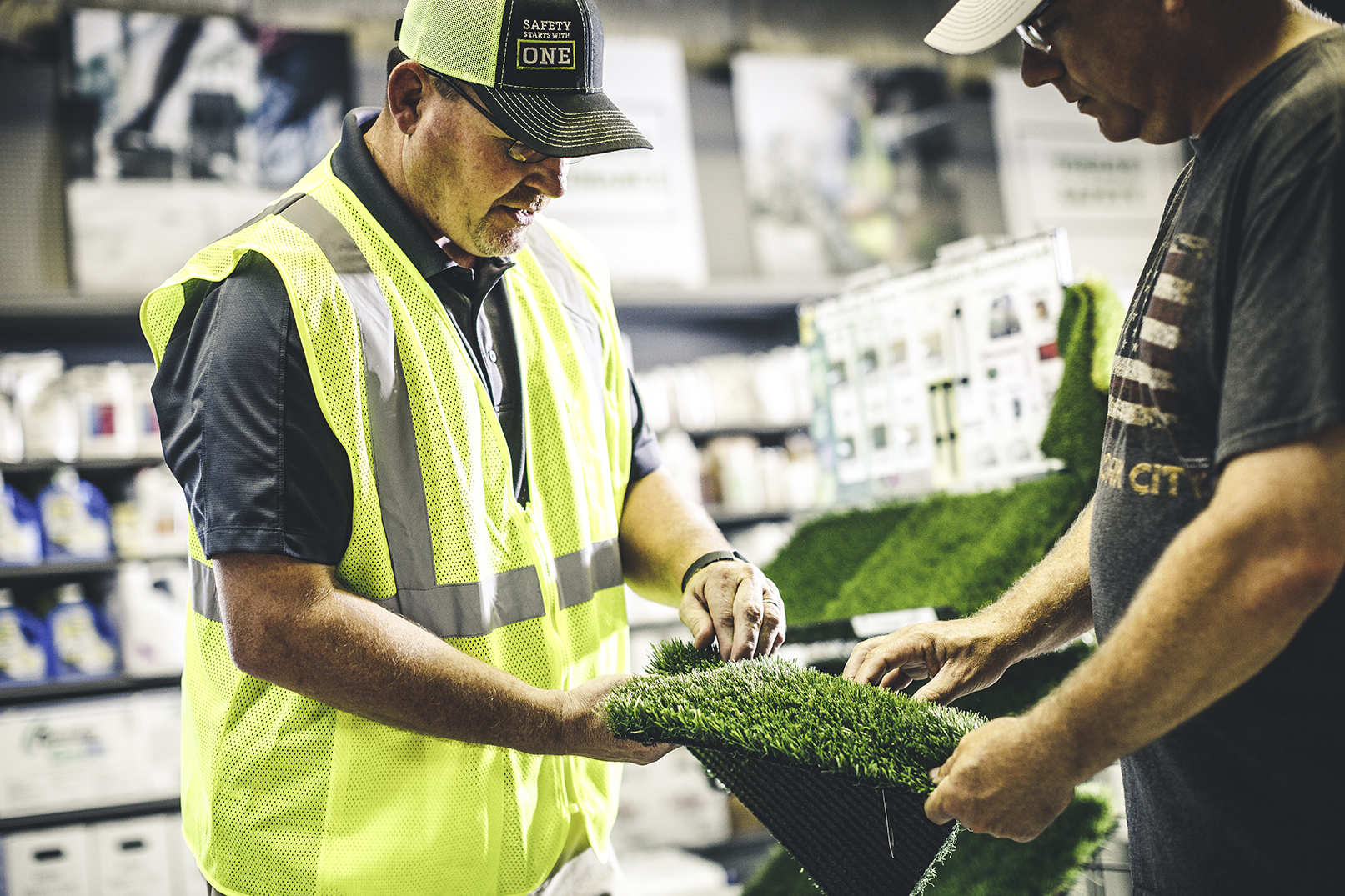
Project EverGreen & SiteOne Landscape Supply Announce Incentive to Attract New GreenCare for Troops Volunteers–$250 Discount Coupon to be Given to...